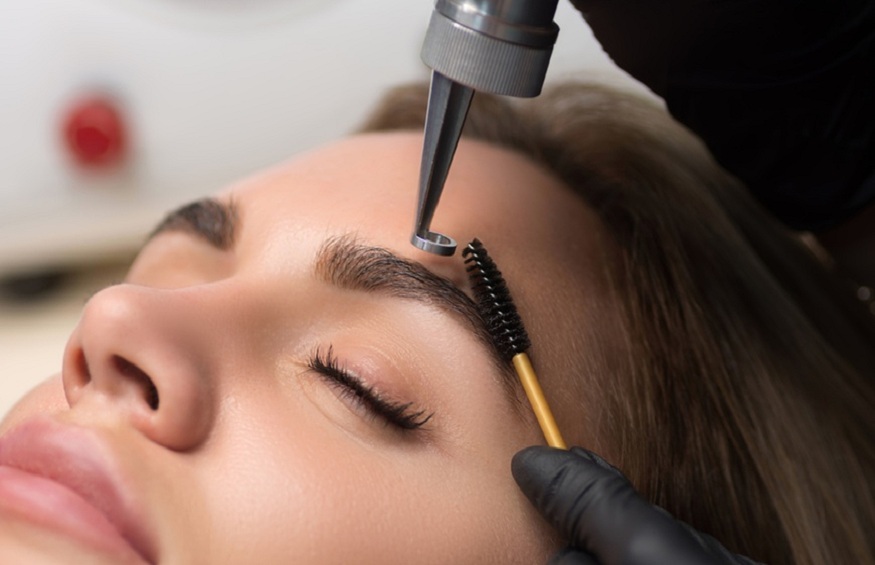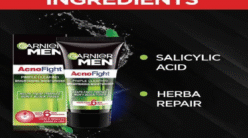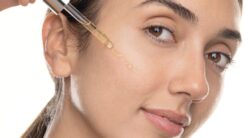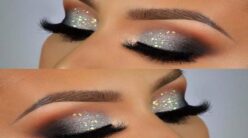Microblading is a cosmetic tattoo technique. A technician uses a special tool with tiny needles to draw brow “hairs.” Then, they create fine cuts and colour them in. The colour often lasts a year. All tattoos fade over time; microblading merely happens faster. The procedure is usually safe, and most patients have no difficulties. However, there are hazards. You should know if you’ve recently gotten eyebrow embroidery in Singapore.

Risks
An infection could result from microblading. If your technician uses contaminated water or equipment, microorganisms such as staphylococcus might spread (staph). They may also transmit viruses such as HIV, hepatitis, or herpes. In addition, ink can become polluted with germs or mould. Even though the product is wrapped, there is no guarantee that it is safe. If you have an infection, your doctor may prescribe antibiotics, antivirals, or antifungals.
An allergic response occurs. The ink could cause an itching rash. This could be an indication of an allergic reaction. It’s uncommon, but it’s most familiar with the colour red. Red and black dyes are occasionally blended to create a tint that suits your natural brows. You may require steroid injections or antihistamines.
Granulomas. Microblading involves the injection of a foreign substance into your skin. Your body may attempt to protect you by forming inflammatory knots around the affected area. It may not occur right away. Granulomas can develop months or years after the surgery. To recover, you’ll need to take steroids or antibiotics.
Sarcoidosis. This is when you have many granulomas. They could develop in your organs. In one case, they appeared 15 years after a patient received a standard brow tattoo. The treatment is identical.
Keloids. These are scars that have grown larger than usual. They rarely happen on your face. However, if you’ve previously experienced keloids, microblading may cause them.
MRI complications Although uncommon, tattooed skin can swell or burn during an MRI (magnetic resonance imaging). After the operation, your skin will return to normal. If you require one, inform your doctor or radiologist about the microblading.
The FDA does not regulate tattoo parlours and cosmetic salons. They do, however, keep an eye out for problems. All you have to do is report them. Then, inform the FDA if you experience a negative reaction.
Don’t be concerned if your brows become black and flaky. That is an expected component of the healing process.
How to Locate a Technician
Begin by consulting a board-certified dermatologist. Unfortunately, they do not perform microblading. However, they may be able to point you on the proper path.
Permanent makeup artists should have some training. However, not all regulations are the same. For example, some states consider it a tattoo. Others, however, do not. That implies your technician may not be required to follow strict health regulations.
It can be challenging to tell if you’ve discovered a good professional. Examine the before and after photographs and read the evaluations. Before beginning work, inspect the shop for cleanliness.
Before you receive microblading, ask the technician the following questions:
- With each customer, do you use new needles and sterile equipment?
- Is the health department inspecting and licencing your shop?
- How long have you been doing microblading?
- How many training hours do you have?
- Where did you receive your training?
What to Expect During and After the Procedure
Before they begin, most technicians apply a numbing ointment to your brows. However, some people may find microblading uncomfortable. It could feel like little scrapes.
It will take 10-14 days for your brows to heal. Avoid picking at your skin. This could result in scarring. Instead, allow it to fall off.
You must follow the directions provided by your technician. If they want you to use a moisturising cream, apply it using a cotton swab. Maintain a clean face. However, avoid touching or getting your brows moist. You may be exposed to bacteria as a result of this. For the first week, you should avoid swimming and strenuous workouts.
When Should You See a Doctor?
- If you have a fever, see your doctor straight away.
- You’re in pain.
- You’re in a lot of discomforts.
- The affected area is leaking, stinks, or feels heated.
- The area is becoming increasingly crimson.
- This could be an indication of an infection or an allergy.
Who Should Not Have It?
- If you are pregnant or breastfeeding, you should avoid microblading. It may increase your risk of infection or other complications. And if you get sick, your baby may suffer as well. You should also avoid having microblading done if:
- You’ve used isotretinoin during the last six months.
- You have a compromised immune system.
- You’re taking blood thinners.
- You have pimples or wounds between your brows.
- You are undergoing cancer therapy.
- You’ve got a sunburn.
You may need to wait if you recently received the following:
- Waxing the brows
- Peeling agent
- Laser therapy
- Botox





